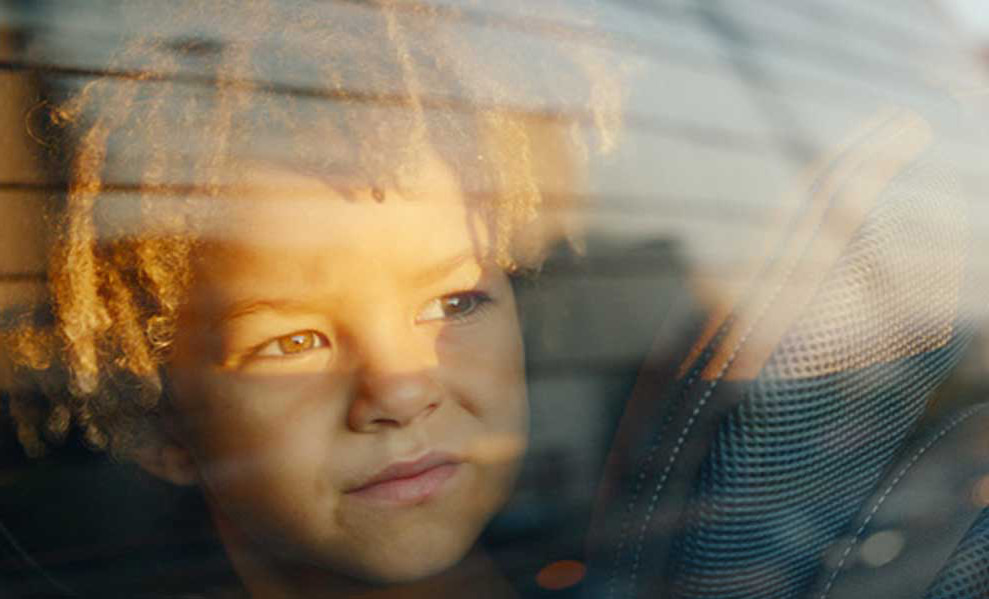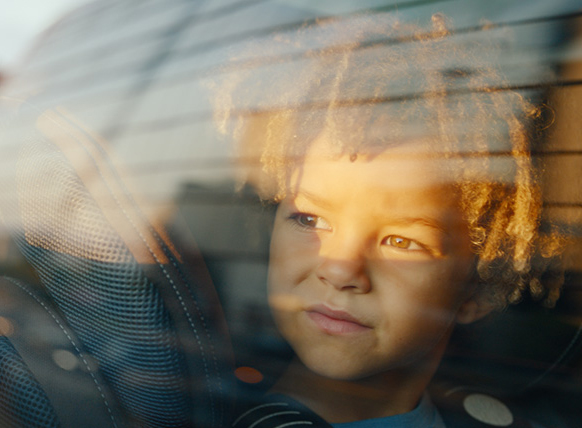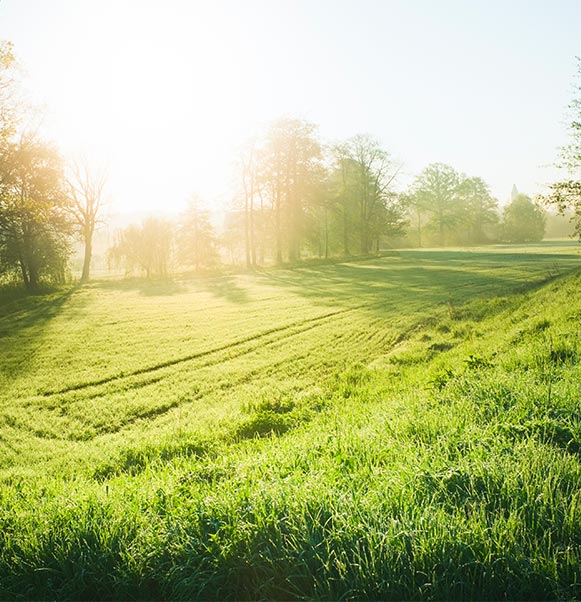

Cleaner air for our schools: how you can help


For many of us the school run is a key part of our daily lives. But with life being so hectic, most of us rarely get chance to stop and think about the air we're breathing on our way to and from school.
A recent study by Global Action Plan1 found that a quarter of children in the UK attend a school where air pollution is worse than the World Health Organisation limit, with inner city areas such London, Manchester and Leicester being among the worst polluted areas. And in a further recent analysis by City Hall, figures show 98% of London schools are in areas with toxic air quality, compared with 24% outside the capital2.
This means there are over 3 million children across the UK that are exposing themselves to unhealthy levels of air pollution on a daily basis without even knowing it. And frequent exposure to air pollutants can impact both their physical and mental health, and in turn their ability to learn.
Our recent research3 revealed that eight in ten parents (83%) are keen to change their school run habits in order to improve air quality around their child’s school and develop more sustainable communities. So, here we share some top tips for how we can all do our bit to help reduce the air pollution around our schools to help to clear the air for our younger generations.


Ditch the driving
Limiting the number of times you travel by car on the school run is a great start. Even better, think about ditching driving altogether. Our research found that almost a third (29%) of parents drive their children to school, while four in ten (42%) also reveal their school is within a 30-minute walking distance.
Not only will switching to walking have much less of an impact on the environment and pollution levels, you and your family will benefit from the exercise and it could save you money on fuel.
If you do need to drive, consider parking away from the school to avoid congestion directly outside the school gates. Also, if you’re waiting in your car for your child, don’t leave the engine running as a running engine still harmful emit fumes, even if stationary.
If you do have to drive to school, when you’re next looking for a new car, or when it’s time to replace your car, consider getting an electric vehicle as they emit fewer greenhouse gases and air pollutants than petrol or diesel cars and are therefore better for the environment, especially for short journeys such as the school run.


The fun factor
Getting children to walk anywhere can be challenging. If your child has school friends nearby, suggest walking as a group. Set your child age-appropriate tasks to divert their focus, like a nature checklist, or involving them in planning different routes to school. This will keep the walk fresh and interesting and might even help your child have a better sense of their local environment.
Our Air Hero activity pack has some fun activities to help make the walk to school more exciting.
Walk or wheels?
Getting kids to take their scooter or bike to school ticks the fun box and is just as environmentally friendly as walking. And our research revealed that for over half (55%) of primary school aged children, cycling or scooting would be their favourite way to get to school. But stick with what you feel confident supervising, especially if your journey includes busy main roads.


Safety first
Beyond standard pedestrian safety, children should always be accompanied by responsible adults on their walk to school until they're old enough to go it alone. Invest in reflective coats or jackets in colder, darker months, reflective stickers for your child's schoolbag, or hi vis tabards (these are great for smaller children). Finally, make sure your child has comfortable and weather-appropriate footwear for their walk to school to avoid the likes of slips, sprains, and blisters.
Make it work for you too
You might enjoy the chance to get moving more by walking with your kids to and from school every day, but it might not always fit in around your work or home schedule. If it's possible to team up with other families, share the responsibility of supervising walks to and from school between parents to free up time. You could allocate particular days between you; split the drop off and pick up every day; or even walk part of the way before handing over to another parent.
Consider public transport
If walking to school isn't an option for you, consider public transport such as bus or tram, or help minimise the number of cars near schools by using services such as a Park and Ride.


Air pollution around schools across the UK is a concern for school children's health, but it doesn't have to be. There are lots of ways to reduce air pollution around schools and by changing our daily habits, even if it’s just making small changes such as walking for one day a week, together we can help to make a difference.
We’re recently launched our Air Heroes initiative, aimed at encouraging children and parents to think more about air pollution and change their daily school run habits. As part of this we’ve worked with fashion brand Scamp & Dude to create our limited-edition ‘Air Heroes’ capes.
The capes use a technical fabric that breaks down harmful pollutants to help destroy air pollution and remove harmful emissions, ensuring together children can help to destroy the dirty air around their school.
To find out more about the capes and about how E.ON is helping to clear the air through smarter, sustainable energy solutions visit eonenergy.com/air-heroes.
1. The Guardian: Quarter of UK pupils attend schools where air pollution is over who limit
2. BBC: Nearly every London school in high air pollution area
3. Research carried out by E.ON with 72Point in July 2021 with 2,000 respondents (parents and primary school aged children 6-11)


Our blog
Read our latest blogs to discover how E.ON is leading the energy transition through smart and sustainable solutions.


It's time to clear the air
Towns and cities across the UK are suffering from illegal levels of air pollution. We think it’s time to do something about it.


100% renewable electricity
We believe in a sustainable future, that's why we provide our customers' homes with electricity backed by 100% renewable sources including wind, biomass and solar, with a fixed tariff.
